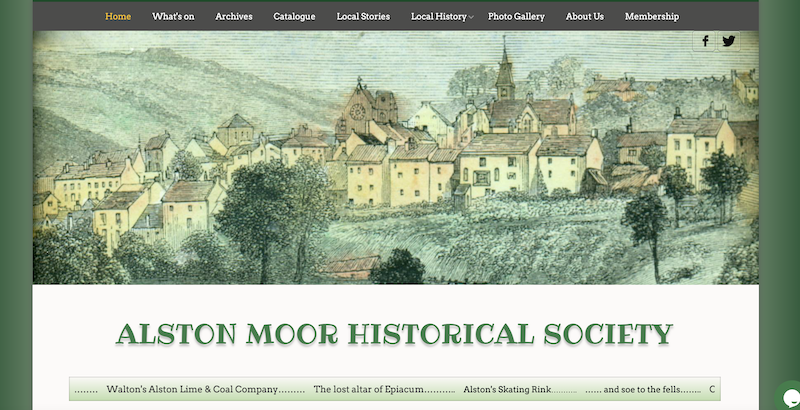Story No 51: The Evolution of the town of Alston

-
Description
".... there has probably been a church on the site of St. Augustine’s since before the middle of the twelfth century, when King Henry II gave his ‘clerk’ Galfrid to the town in 1157, and the lord’s mill was definitely in existence in 1315. Although the location of the mill is unknown, a good place would seem to be beside the steep, fast-flowing Mill Burn. Also, the small shelf of relatively level ground that is the Market Square makes an obvious centre around which a town could evolve.... Into the 18th century, the ‘modern’ era of lead mining began and prospered – especially after general mine leases granted by the Greenwich Hospital in 1736. This led to an increase in population and a demand for housing. Archery practice had not been compulsory for many years and so the flat ground in the Butts was built over, as shown by dates of 1721, 1739, 1750 and 1752. The houses in the Butts often had accommodation on the ground floor with a one-and- a-half storey house over that was entered via an external stone stair and a first floor door. The town expanded in the opposite direction, uphill from the Market Place, at the same time. In 1729, according to a replica datestone, a building was constructed on the site of Barclays Chambers and slightly further uphill the Quaker Meeting House was built in 1732. A map of the town dated 1775 shows many external staircases to first floor entries, many more alleyways crammed with housing, and main streets so narrow that they would cause severe congestion in today’s world...." Includes hand drawn map of early Alston. -
Owner
Alston Moor Historical Society -
Source
Local (Co-Curate) -
License
What does this mean? Unknown license check permission to reuse
-
Further information
Link: https://alstonmoorhistoricalsociety.org.uk/alston_stories/?post=alston-town-beginnings
Resource type: Text/Website
Added by: Edmund Anon
Last modified: 3 years, 10 months ago
Viewed: 651 times
Picture Taken: Unknown -
Co-Curate tags










